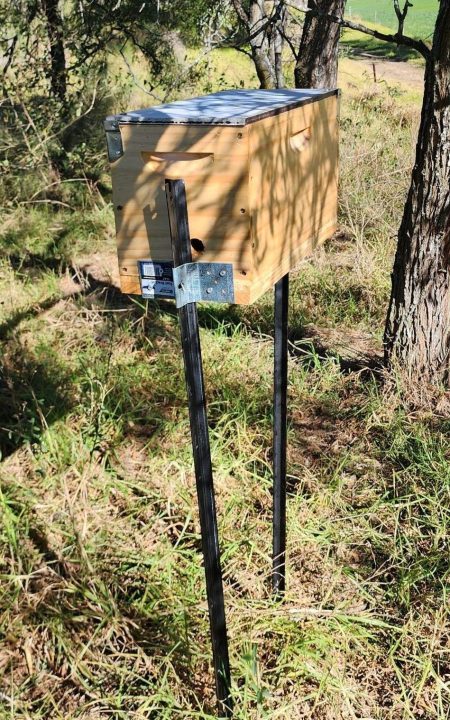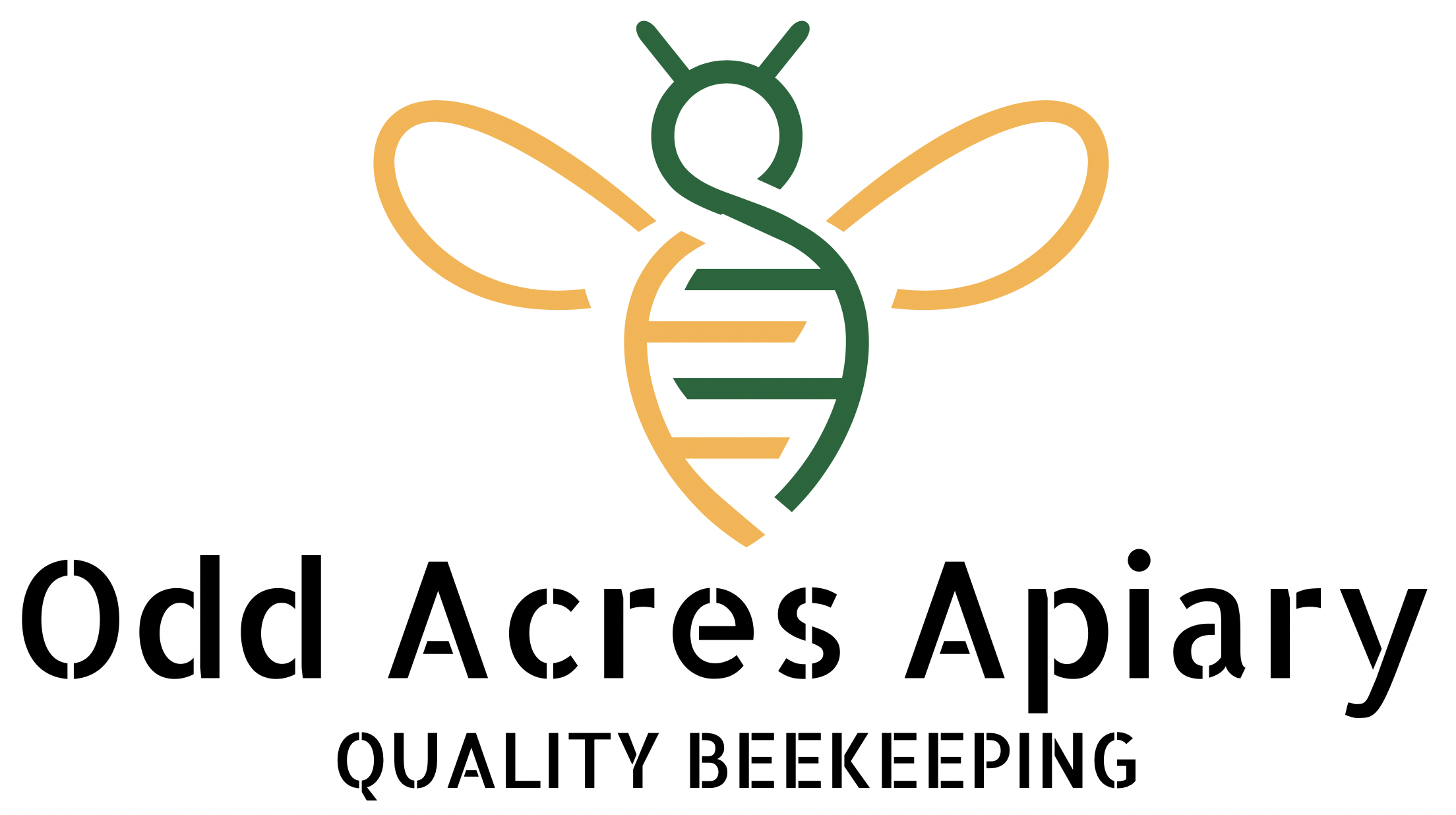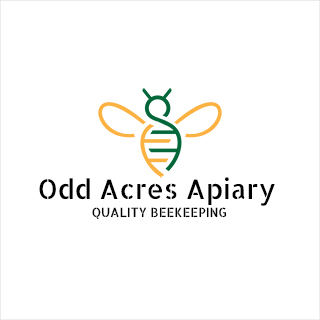
Announcing ABON
In mid-July, I was back in Newcastle’s Varroa exclusion zones supervising the installation of bait hives for the Australian Bee Observation Network (ABON) administered by the Australian National University (ANU).
The potential establishment of Varroa in Australia raises the urgency of understanding the population dynamics and pathology of the European feral honeybee population. Feral honeybees exist at high colony densities – as much as 0.3 to 2.5 colonies per square kilometre in areas near Newcastle NSW (Arundel 2015) – and will play a major role in any potential spread of varroa, as well as coevolutionary dynamics between honeybees and mites.
The goal of this project is to set up a citizen-scientist-driven observation network that will conduct long-term genetic monitoring of bees, their parasites and diseases.
The picture in this blog is one of the bait hives that will be used to capture swarms. These hives will be arranged across multiple sites (or nodes) with an array of up to ten bait hives that will be naturally colonised by bees. Honeybee colonies are typically limited by nesting site availability so swarms quickly identify and occupy available sites in a given area (Seeley and Visscher 2003). This approach is low-cost in terms of material and time and has been successfully used by the US Department of Agriculture to monitor the arrival of Africanized bees in the 1980s and 1990s (Schmidt and Thoenes 1987). The sites will be monitored monthly for colony occupancy and swarms that move in will be sampled and then euthanised.
While the project will be managed by the Mikheyev Lab (ANU Bee Lab), the geographically widespread nature of the network and the long timescales will necessitate local beekeeper or other voluntary involvement with the training and skills to check sites monthly for occupancy or sampling of the collected swarms in the bait hives.
The ABON website is currently under development but can be reached here. Expect major changes over the coming weeks as the program ramps up.

